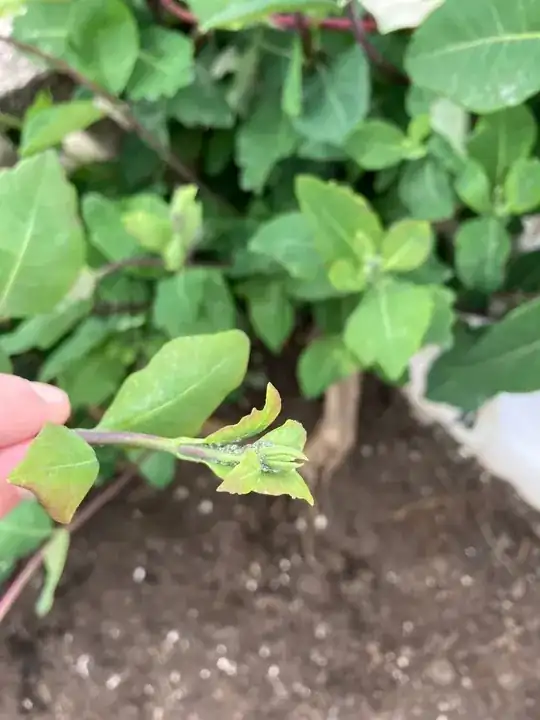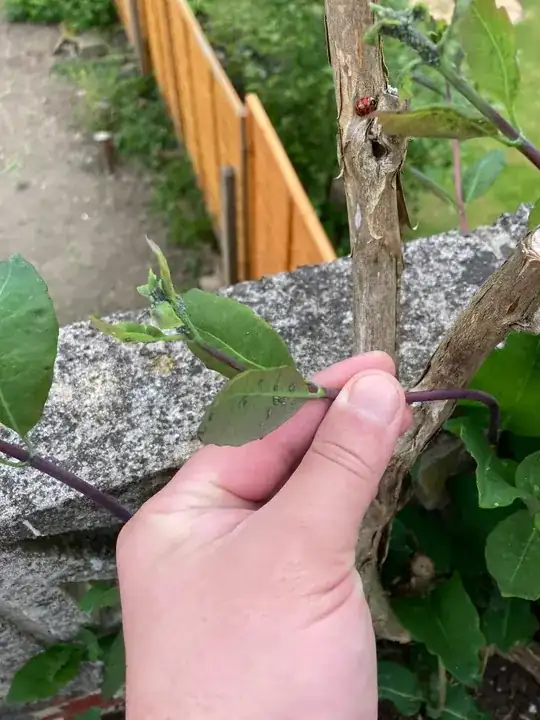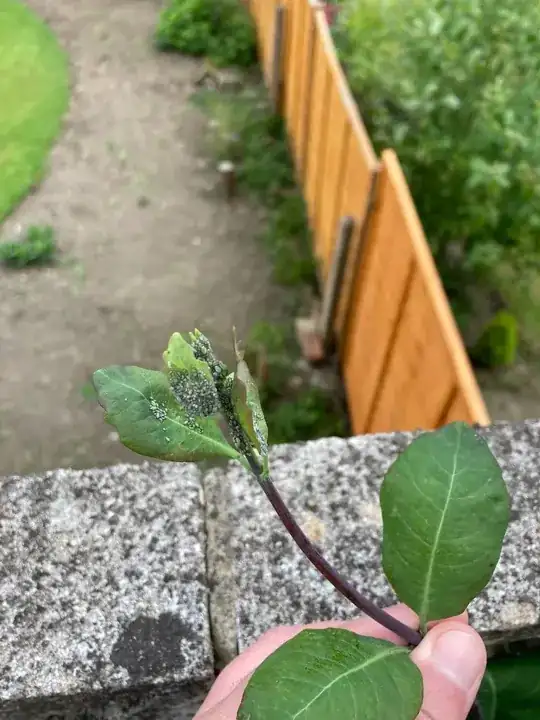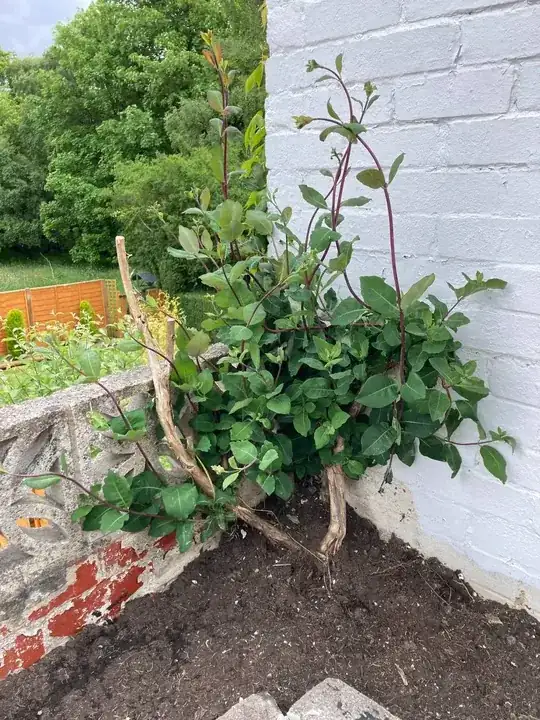Let me begin by saying I'm not much of a gardener, I can do the basics like trimming the hedges and cutting the grass with a lawn mower, but that's about it.
I live in West Yorkshire, UK.
Today when planting some mint in a pot (another experiment, usually things I plant die), I noticed some bugs on a tree I have in the corner. I'm not sure what the tree is, or what the bugs are, I just know I like that tree and I don't want it to die.
Here are some photos I just took:
I have a few questions:
- What are these insects and why are there so many of them on the tips?
- Can they kill the plant?
- What can I do to get rid of them?
- Will the solution in step 3, be instant? Or will it take months/years?
- What can I do to prevent this from happening again?
Any help would be greatly appreciated.
Thank you.




